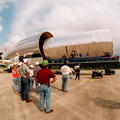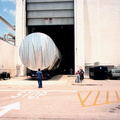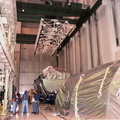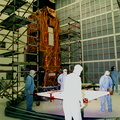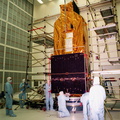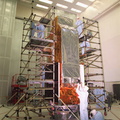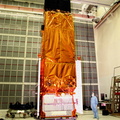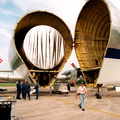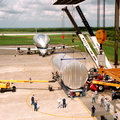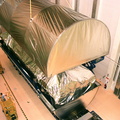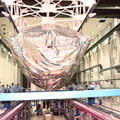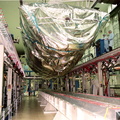
WIKIARCHIVES.SPACE
The Human Spaceflight Archive

Information
- Taken in
- Kennedy Space Center
- Author
- NASA
- Description
- Workers at Hangar AE, Cape Canaveral Air Station (CCAS), check NASA's Far Ultraviolet Spectroscopic Explorer (FUSE) satellite after moving it from the scaffolding behind it. FUSE was developed by The Johns Hopkins University under contract to Goddard Space Flight Center, Greenbelt, Md., to investigate the origin and evolution of the lightest elements in the universe - hydrogen and deuterium. In addition, the FUSE satellite will examine the forces and process involved in the evolution of the galaxies, stars and planetary systems by investigating light in the far ultraviolet portion of the electromagnetic spectrum. The satellite is targeted for launch June 23 from Launch Pad 17A, CCAS, aboard a Boeing Delta II rocket.
- Created on
- Saturday 12 June 1999
- Source link
- https://science.ksc.nasa.gov/gallery/photos/1999/
- Visits
- 30
- Rating score
- no rate
- Rate this photo
- License
- CC BY-NC-ND
- Modified by WikiArchives
- No (original)
- Downloads
- 0
Powered by Piwigo
